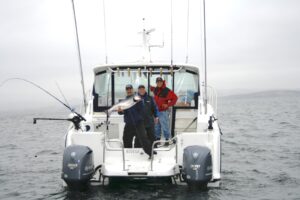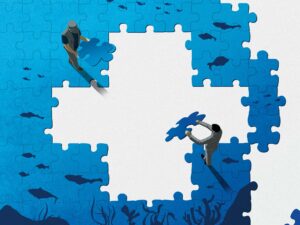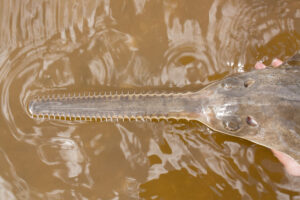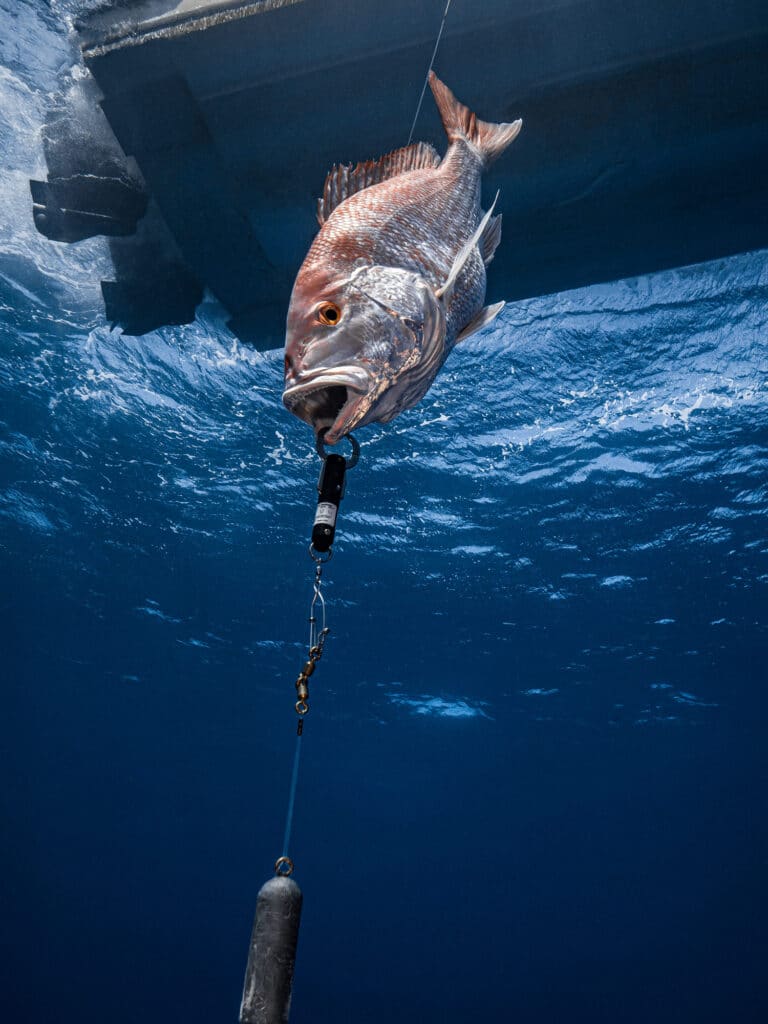
To say that species in the snapper and grouper complex are popular in the South Atlantic fishery is a complete, “Duh!” They are fun to catch and they are great to eat. What’s not to like? That is, unfortunately, part of a problem that the South Atlantic Fishery Management Council (SAFMC) is addressing.
Without getting too far into the weeds, the SAFMC was presented with the results of the latest stock assessment for red snapper in their region. It indicated that red snapper were overfished and overfishing was occurring. Under federal fisheries law, this requires remedial action. So they instituted Amendment 35 (A35) to the Fishery Management Plan for the Snapper Grouper Fishery of the South Atlantic Region (Snapper Grouper FMP).
So, no problem, just ratchet down the overall catch and get the rebuilding program moving in the right direction. Right? Not quite so simple. There are some move moving parts.
Reducing Mortality in Red Snapper
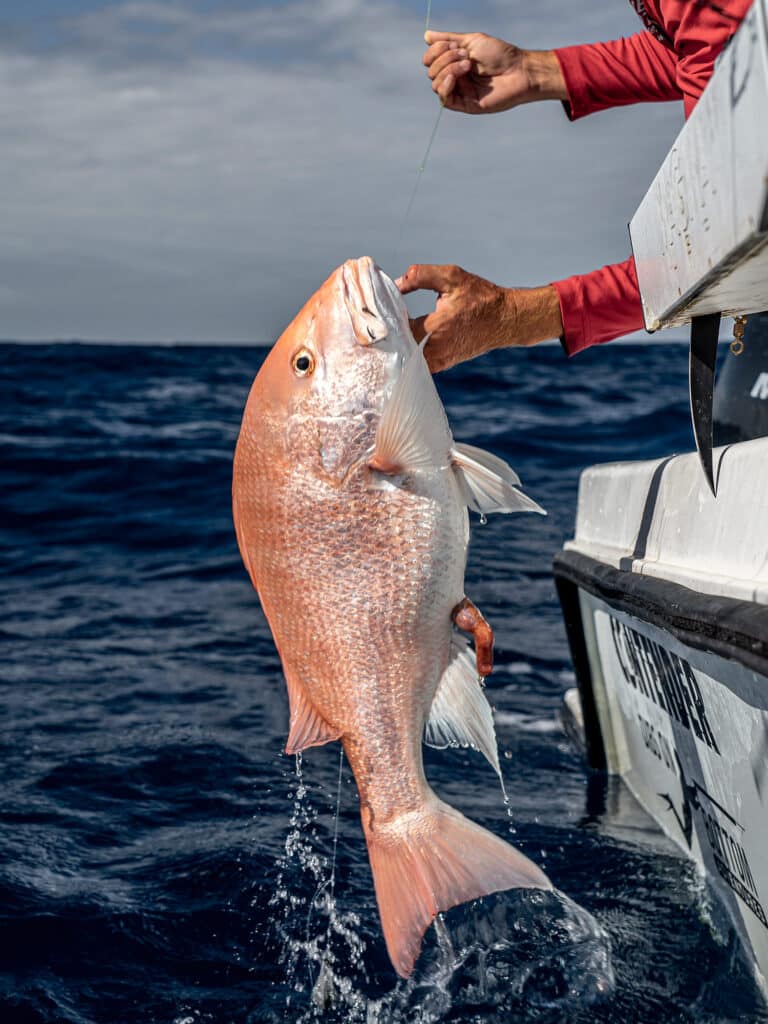
The objective here is to reduce the overall mortality caused by commercial and recreational fishing, which comes from fish kept and also release mortality. Because the fish is generally caught in deeper waters, the release mortality is very high. It is many times the number of fish kept. So this has to factor into the plan.
Fisheries management 101 tends to start with an overall reduction in catch.
A35 is proposing approximately a 34 percent reduction in the total Annual Catch Limit (ACL) from 42,510 fish, or about 496,000 pounds. The release mortality is estimated around 297,000 fish. This is where the real problem lies, but there’s not an easy fix. So the total ACL for 2023 will be 28,000 fish, which will cause an estimated 202,000 dead discards. The recreational ACL for 2023 would be 17,719 fish. If the Scientific & Statistical Committee’s recommendations are accepted the total ACL will grow every year up to a total catch of 36,000 fish and a recreational ACL of 25,319 fish by 2027 fishing year. Of course, the release mortality will continue to grow as well. This obviously will save some fish and help rebuild.
Along with the reduction in the ACL, there are several other recommendations. The first is to require the use of only one hook when fishing with bait for snapper/grouper. This was recommended to help with the level of discards and therefore discard mortality. While it may not make a substantial difference, it should be on the plus side of the effort. A35 also had an alternative to eliminate the use of electric reels in the snapper grouper fishery. Since that might have caused some problems in other fisheries, I can eliminate the angst from deep-droppers by indicating that this alternative has been removed from A35.
Are Snapper and Grouper Fishing Permits on the Horizon?
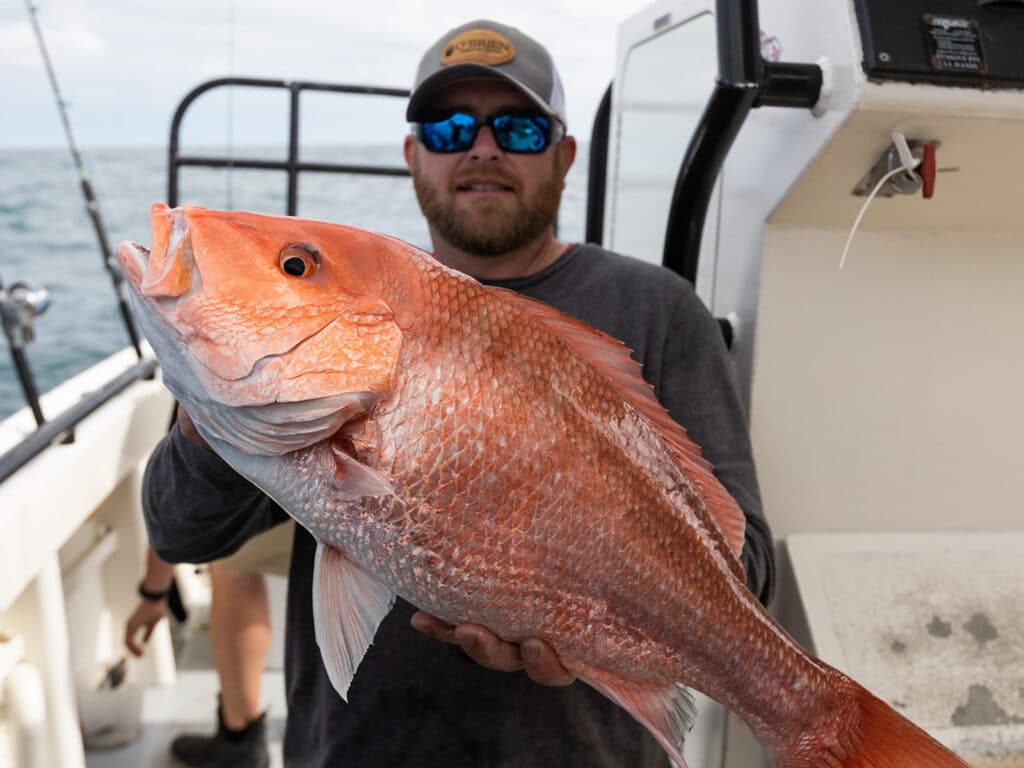
There has also been some concern about another possible change to the Snapper Grouper FMP with Amendment 46 (A46). This amendment currently includes actions that would establish a Snapper Grouper permit for private anglers or vessels. The primary goal of the permit is to better identify “the universe” of private anglers or vessels participating in the Snapper Grouper fishery. It also includes an education component intended to help teach anglers best fishing/fish handling practices.
A permit could improve the quality of catch and effort estimates for the recreational sector. I understand that some folks will think that this is bureaucratic overreach, but my feeling is that recreational fishery statistics for scientific management are very important to those who use the resource. Are these permits a pain? Well they may be, but they can be a real plus for sound management.
It is still early in the process and you have plenty of time to make your thoughts heard. Keep track of this future potential amendment and make your thoughts known. If it progresses as planned, it would be implemented for the 2025 season. More info is available at SAFMC.net.
Should Anglers Keep Every Red Snapper?
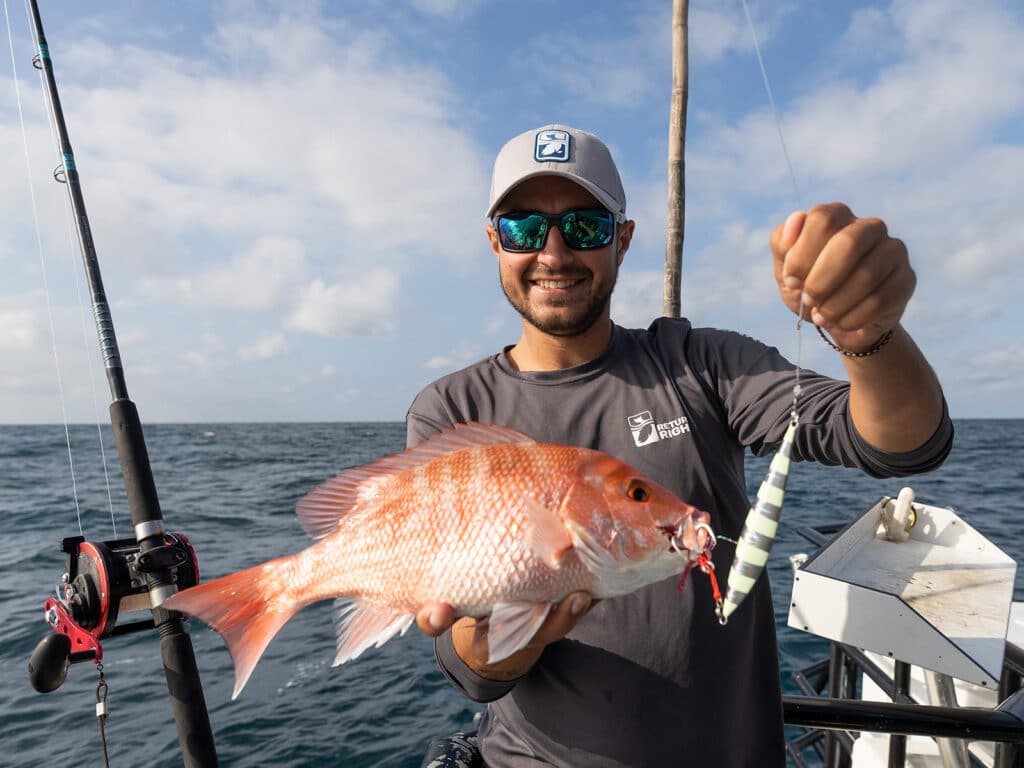
Fisheries management is not a static process. It is ever changing with the more that scientists and managers know. To a great extent that mimics the resource which also is not static. In the Snapper Grouper FMP, I believe that continued focus needs to be on the high release mortality. Solve that and a big chunk of the problem goes away. I have promoted this before, and will briefly again. Some of the release mortality needs to be used in the catch.
One possible way to do this is to have regulations that require full retention of all snapper. No size limit, but a bag consisting of cumulative inches of catch, based on the existing bag and size limit with a little extra to cover the last fish caught. Then that angler would be required to stop fishing with gear capable of catching snapper. It has worked in some deep-water fisheries where release, even with descending devices, is a mortality problem.
We have the privilege of using this great resource. We can make a difference and need to be part of the way the resource is managed for the future.


